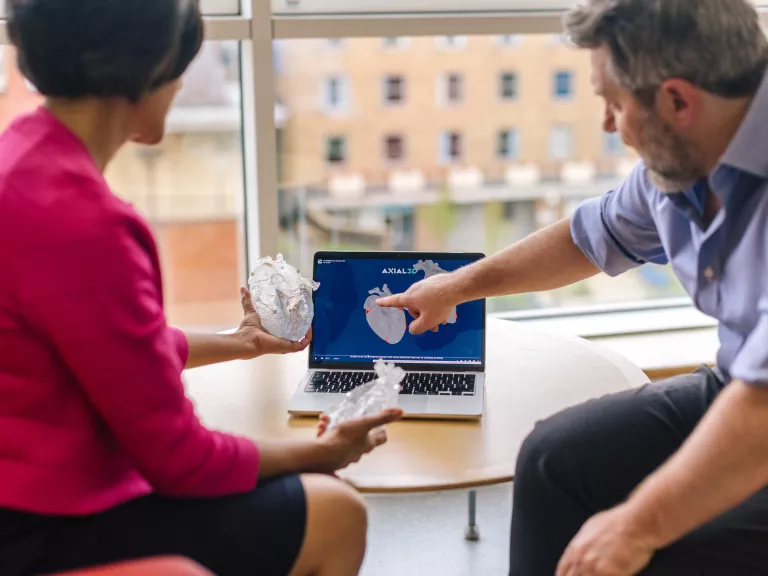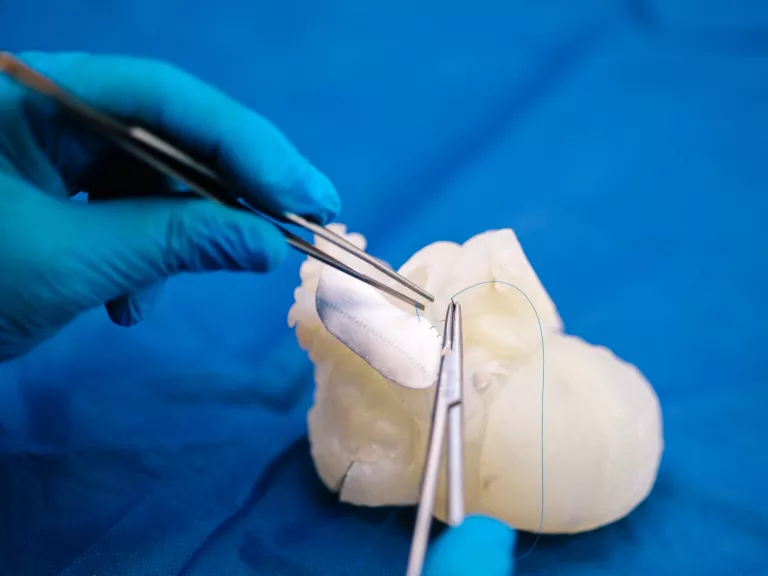In the heart of Southampton, United Kingdom, Mr. Nicola Viola, clinical lead for congenital cardiac surgery, and Dr. Tara Bharucha, foetal and pediatric cardiologist, have dedicated years to introducing 3D technology to help improve surgical planning, firmly believing it’s an indispensable tool for any surgeon who experiences its capabilities firsthand.
By incorporating 3D printed models from Axial3D into their standard of care, it helps ensure that the entire medical team is aligned in their discussions, ultimately leading to well-informed decisions and, consequently, the best possible outcomes for patients. Operating within an integrated practice, highlights the profound impact of 3D models on interdisciplinary communication. The ability to showcase, examine, and practice potential repairs provides an enhanced clarity and empowerment.
From a cardiologist’s perspective, Dr. Bharucha emphasizes the responsibility of explaining a child’s heart condition to parents. The introduction of 3D printed models has transformed this process, allowing her to visually present and reassure parents about their child’s heart.
Approaching the topic from a surgical perspective, Mr. Viola underlines the significance of printing a replica of the patient’s anatomy from DICOM images, rather than an abstract, 2D representation of the heart’s condition. This direct visualization allows surgeons to prepare tailored solutions specific to each patient’s unique circumstances and then practice on a 3D printed model of the patient’s exact heart.
The heart of this transformative technology lies in its ability to deliver patient-tailored diagnoses, paving the way for equally tailored solutions. Mr. Viola expresses the immense value in eliminating uncertainties related to repairs, marking a significant leap forward in the realm of surgical precision.
The journey at Southampton Hospital exemplifies the power of 3D technology in healthcare, especially for pediatric cardiac care. From streamlining communication among medical professionals to providing visual aids for parents and ensuring precision in surgical planning, the integration of 3D printed models is proving to be a game-changer in the pursuit of optimal patient outcomes and providing a new standard of care.
Disclaimer: Details of Axial3D’s regulatory clearance for diagnostic use cases are outlined here. For all other uses of Axial3D solutions, they should be used for demonstration and education purposes only.





